What to Put in a Puppy Crate at Night
Your pup can often feel like your child, and as any responsible parent, you want to ensure your child is safe and protected when you can’t supervise them. A doggy crate can be the perfect resting place for your pup at night. A place where he can nap and spend some time in solitude while you get your well-deserved nightly rest.
But how do you make your puppy’s crate feel more homely? And, more importantly, what to put in a puppy crate at night? You fill it with items that’ll keep your puppy distracted and fulfilled.
Puppies are like little energizer bunnies and have an insatiable appetite to chew everything indiscriminately. Thus, to stay one step ahead of them, you must fill their crate with items like tough rubber toys filled with treats, puzzle games, and indestructible bedding for their overnight comfort.
Need some other tips and tricks that’ll help you crate train your puppy? The post below contains a treasure trove of information to benefit you and your pup.
Table of Contents
Crate Training Essentials: What Do You Put in a Puppy Crate at Night?

You may not know it, but there’s a certain science involved in selecting what to put in a puppy crate overnight. First, you need to ensure that any items you put in there aren’t made of fabric and textile that’s easy to chew through. Ingesting shredded fabric will eventually end with you and your puppy spending some long nights in the emergency room.
Secondly, it’s essential that the items keep your pup busy and distracted while he’s in the crate, as a restless puppy can wreak havoc on the house with all its barking.
Having said that, we have come up with a few items that are sure to entice your puppy into spending more time in his crate.
Tough Rubber Toys Filled with Treats
How do you ensure that your puppy wants to get in their crate? You fill it with his favorite toys, of course! However, the problem with standard doggy toys is that they’re soft and made from cloth, which makes them relatively easy for a teething puppy to destroy.
You can only add soft, plush toys to your crate’s arsenal if your dog isn’t a heavy bitter or has a gentle bite. That ultimately depends on your dog’s breed. For example, if he is a lab retriever or a similar breed known for their soft bites, he may not be able to chew through and reach the stuffing inside.
Any other breed and plush toys immediately become a no-go. The safest option then becomes tough rubber-made toys that you can stuff with treats. Chewing on these toys will probably keep your pup engaged and mentally stimulated for a long time. In fact, it might even keep him busy until he falls asleep.
Giving your pup these kinds of toys at bedtime can also help reinforce your rules about what’s chewable (toys) and what isn’t (bedding and your personal items).
Puzzle Games
While rubber toys filled with treats are essential to make your puppy get in the crate, it’s puzzle games that will keep him occupied for long periods of time.
Young puppies are incredibly intelligent and often need to keep their mind stimulated. That’s one of the reasons why they attack anything and everything that’s chewable. Thus, the best way to keep them engaged while not destroying your stuff (what a relief) is to add a puzzle game in their crate.
Not only will this help them sleep quicker at night, but it will also keep them occupied when you’re out of the house or doing chores during the daytime. Additionally, puzzle games indicate to your puppy that his crate is a place of calm and relaxation, allowing them to develop positive associations with it.
Indestructible Bedding
If you’re going to leave your puppy in his crate overnight, then making sure it’s comfy and inviting should be your top priority. Naturally, good bedding can provide a certain level of comfort to your pup. It helps your dog view his crate as a comfortable and cozy resting place when he’s overstimulated from his many mischievous acts throughout the day.
However, don’t just throw in any random towel or pillow and hope that he’s too tired to rip them apart. Because if he does rip the bedding apart then you’ll again have to deal with him ingesting bits of textile that clog up his gut.
You’d be much better off buying a material that’s plush and squishable while also being high quality enough to withstand some erratic chewing.
Puppy Pads
Potty training your pup can be a time-consuming process. So, until the time that he is properly trained, you’d be wise to install some puppy pads in his crate. Puppy pads prevent you from having to clean up any overnight messes your little friend may create.
Plus, almost all high-quality puppy pads are machine washable, so all you’ll have to do is toss them in the washing machine during the day.
Having said that, do not make this a permanent solution, as potty training is absolutely necessary, especially for a young pup who’s just coming to terms with his tiny bladder.
Additional Tips for Crate Training Your Puppy at Night
Filling your puppy’s crate with stuff that’ll entice him into staying is a good first step, but it by no means signals the end of his crate training. Making sure that he stays in his crate overnight can be a long and arduous task, mainly because of how quickly a young puppy can get bored of not being able to run around.
This brings us to the question: how to set up a puppy crate at night?
Fortunately, we do have a bit of experience in training young puppies of our own. Experience that we’ve used to put together a list of tips that’ll surely help you and your pup in your own crate training journey.
Find the Right Location For the Crate
Most dog owners believe in placing their puppy’s crate in their own bedroom, probably because of their own separation anxiety (we’ve all been there!). While that’s definitely a way to go, finding the right location for a puppy crate depends on a few more factors as well.
The most important thing is to place the crate in an area that’s largely open and allows your pup a wide view of the place. You want to make him feel safe and calm at all times. Keeping these factors in mind, the best place for keeping a crate, apart from the foot of your bed, could be a corner of the living room, an open kitchen, or anywhere near the center of the house.
Additionally, you’ll also have to keep in mind other factors like temperature, sunlight, and airflow. That means not keeping the crate in any area of the house that gets too hot or too cold throughout the night.
Wear Them Out
As energetic as young pups may be, they get tired pretty quickly as well. And by quick, we mean after an entire day of playing and mental stimulation (sorry!). Nonetheless, a tired puppy is more likely to want to retire in his crate at night than an energized puppy who hasn’t fulfilled his quota of playing time.
Short and frequent walks are by far the best way to expend your puppy’s excess energy before he channels it into something more destructive (like destroying your possessions). However, if you don’t live in an environment that supports walks, setting up scheduled playtimes, even in your own living room, can do the trick.
Just make sure to puppy-proof the room before you start playing, or hand him any toy that he can munch on. Once he’s worn out, his crate bed will look even more appealing, and he’ll want nothing more than to take a nap in his own space.
Take Your Puppy Outside a Final Time Before Bed
If your pup’s struggling to accept the crate as his own space, taking him out right before bedtime can help. Not only will the excitement tire him out when he returns, but with time, he’ll also make the connection between a final trip outside and nightly crate time.
After a few attempts, your little one will automatically gravitate towards the crate when he returns as a psychological reflex. You could also make this final trip outside a potty break to ensure that he doesn’t have an “accident” later in the night.
What Not to Do When Crate Training Your Puppy
We’ve spent the majority of this post discussing what you can do to crate-train your puppy effectively. Let’s now talk about what you absolutely shouldn’t do during training.
No Food or Water before Bedtime
Should I leave water or food in a puppy crate at night?
Waking up late in the night or early in the morning for potty breaks can disrupt your and your puppy’s sleep cycles. That’s why we suggest you avoid giving him any food or water as bedtime approaches.
For the first few days, your pet may whine and even cry at not receiving food when he’s barking for it, but trust us when we tell you it’s for his own good. It’ll effectively help you schedule meal and drink times for your pup, which will help improve his discipline and increase his sleep time.
No Playing Before Bedtime
As we’ve mentioned before, young puppies need you to teach them discipline. And the best way to do that is by exercising a no-play rule before bedtime.
Once again, this may sound a little harsh, but in the long run, it will develop your puppy’s sense of time and improve his self-control. More than that, it’ll help your puppy distinguish between nighttime and daytime activities.
Never Run Out of Patience
Puppies are notoriously harder to train than full-grown dogs, but you can never lose patience with them. Yes, they may act aggressively or whine throughout the first few nights, but you can never raise your voice at them.
Alternatively, you cannot coddle or pamper them either, as they will get used to getting their way whenever they whine. Adhere to a consistent routine, and in time, you will notice your pup taking to his crate automatically. This could be after a few days or even a few weeks, but you must never run out of patience.
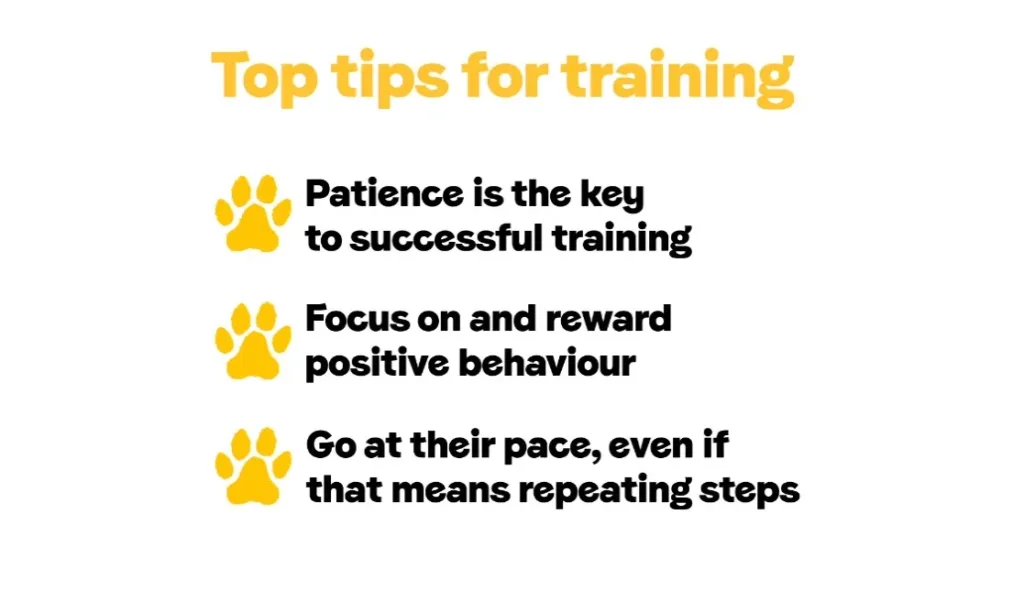
FAQs
Should I Lock my Puppy in his Crate at Night?
Yes, locking the crate is the right approach because otherwise, it defeats the whole purpose of crate training. Sure, if your puppy is anxious the first few nights, then you ease him into the process through scheduled crate times or by staying close to him during the night.
Should I Put Food in a Puppy Crate at Night?
No, putting food in a puppy crate overnight isn’t a good idea. Scheduling bathroom breaks for little puppies is difficult as it is, letting them munch on food throughout the night will only make it worse.
What to Put in a Crate for a Dog that Chews Everything?
The best solution is to provide your puppy with hard, rubber toys that he can’t chew through. As he gets older, you can gradually start introducing softer toys that have a heartbeat so he treats them with a bit more care.
Final Thoughts
We hope you liked our suggestions on what to put in a puppy crate at night. Remember, rubber toys, puzzle games, indestructible bedding, and puppy pads are the order of the day.
At the end of the day, training your puppy to use his crate will only strengthen your relationship. In fact, any kind of puppy training promotes love and adoration between you and your pup.
For more information on how to train your puppy the right way, take a look at some of our other posts. Have a great day!

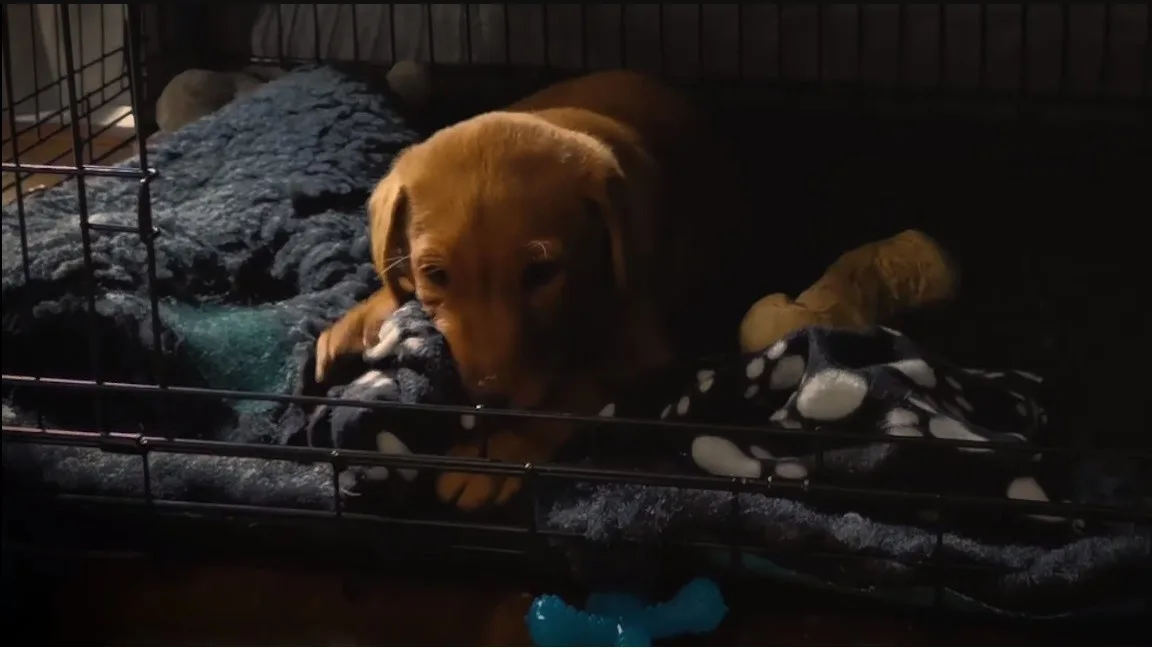
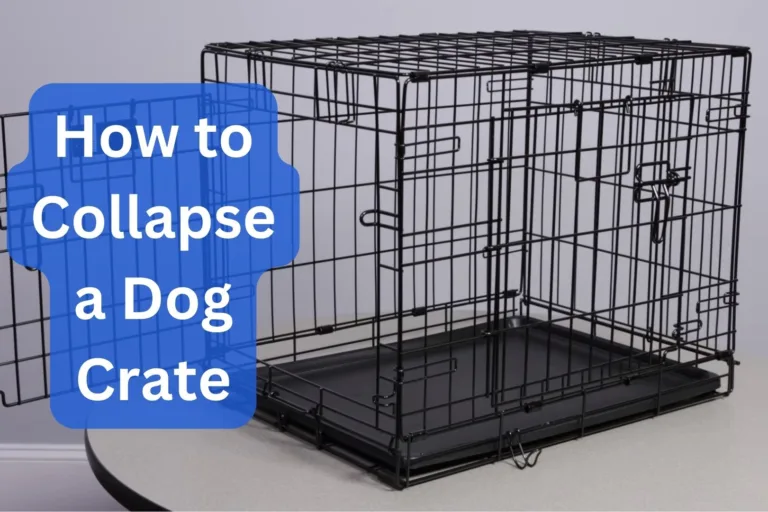
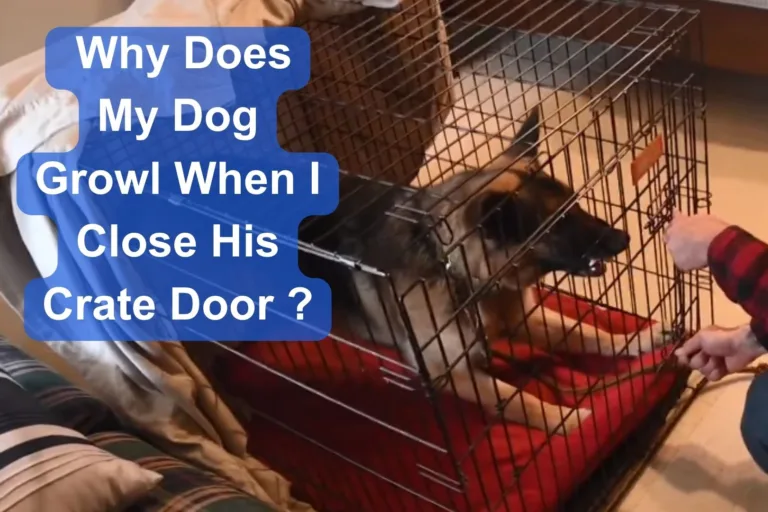
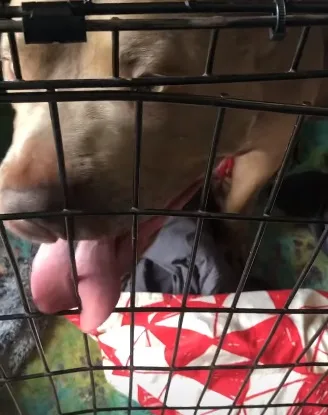

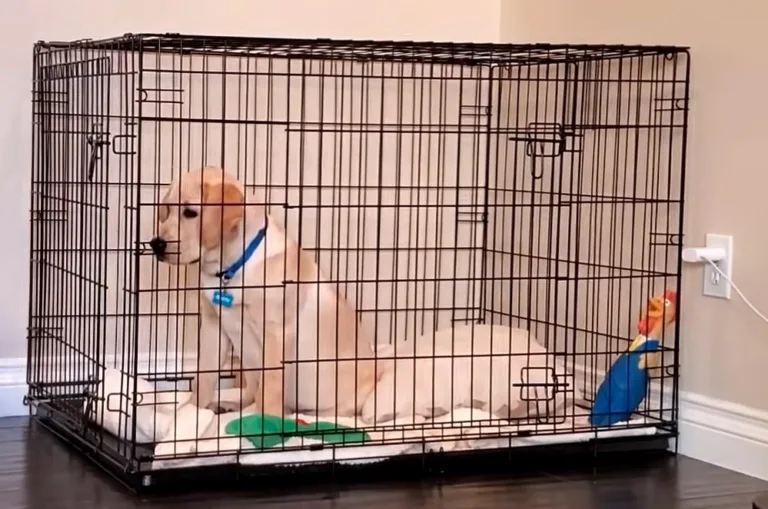
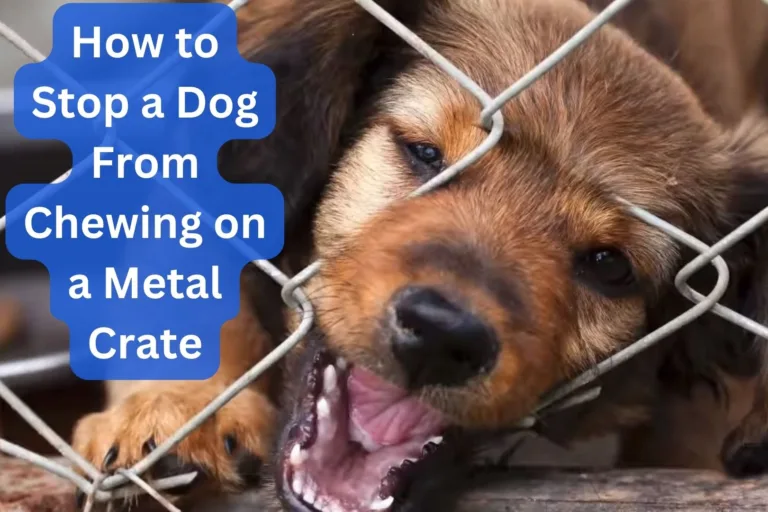
One Comment